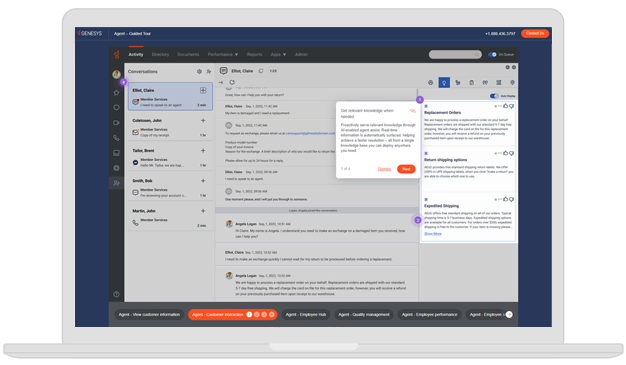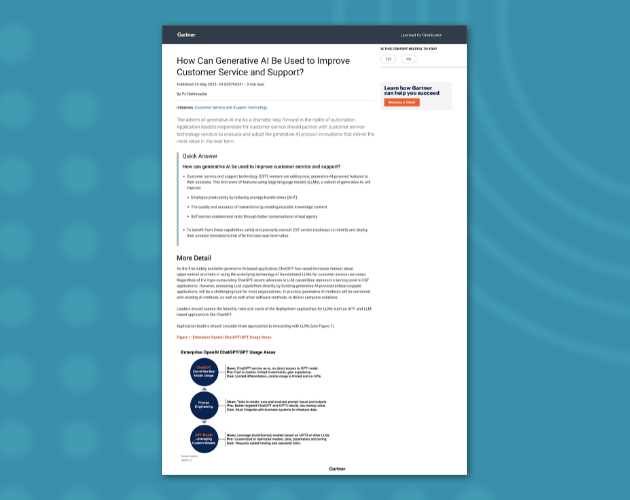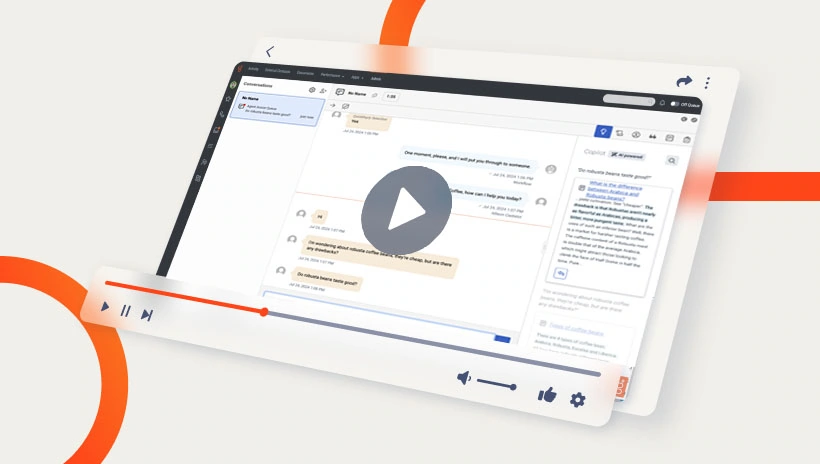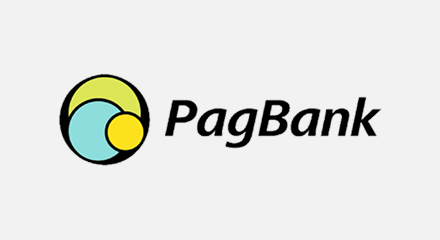Average handling time (AHT) is a key contact center metric that measures the average duration of a customer interaction — including talk time, hold time and after-call work. It helps organizations gauge efficiency, streamline operations and improve customer satisfaction. A common misconception is that lower average handling time always equals better service; in reality, quality and context matter just as much as speed.
“By tracking [average handling time] over time, you can determine average handle times for various types of calls — and set benchmarks for your agents.
When you see agents who routinely exceed this threshold, you might need to determine if they have all the skills and tools they need to properly do their jobs. However, if agents are far below this benchmark, they might be rushing through calls and not fully addressing customer issues.”
Ian Felder
Director, Product Marketing, Genesys
Average handling time use cases for enterprises
The most common enterprise-level use cases for using the average handling time metric are:
- Measuring operational efficiency
- Optimizing workforce management
- Enhancing agent performance and training
- Improving customer experience with AI insights
- Driving continuous optimization across channels
1. Measuring operational efficiency
Enterprises use average call handling time to assess overall performance and identify process bottlenecks. By tracking the average handling time across teams or channels, leaders can detect inefficiencies in workflows or technology. This visibility enables continuous improvement — balancing speed with service quality for optimal outcomes.
2. Optimizing workforce management
Contact centers rely on call center average handling time data to forecast staffing needs accurately. When the average handling time increases due to complexity or new campaign launches, workforce planners can adjust schedules to maintain service levels. This ensures consistent response times without overstaffing, improving both cost efficiency and agent morale.
3. Enhancing agent performance and training
The average handling time helps supervisors identify agents who may need additional training or support. For example, longer handling times might indicate knowledge gaps or inefficient use of tools. With real-time insights and AI-powered analytics, leaders can coach agents on effective communication techniques, leading to faster and more satisfying interactions.
4. Improving customer experience with AI insights
While average call handling time call center metrics measure efficiency, AI analytics add deeper insight into intent, sentiment and complexity. Enterprises can distinguish between long calls caused by system delays versus those reflecting meaningful customer engagement. This ensures that reducing the average handling time doesn’t come at the expense of empathy or resolution quality.
5. Driving continuous optimization across channels
As omnichannel interactions grow, the average handling time provides a unified performance metric across voice, chat and digital messaging. Enterprises use it to compare interaction types, refine self-service design and prioritize automation opportunities — enabling consistent, efficient service across all touchpoints.
Reduce average handling time and elevate CX with Genesys Cloud
Optimize your average handling time and overall contact center efficiency with Genesys Cloud™, the AI-Powered Experience Orchestration platform. Gain real-time visibility into every interaction, empower agents with intelligent tools and deliver faster, more empathetic service that builds loyalty.
Discover how Genesys Cloud transforms AHT into actionable insight — schedule a demo today.






